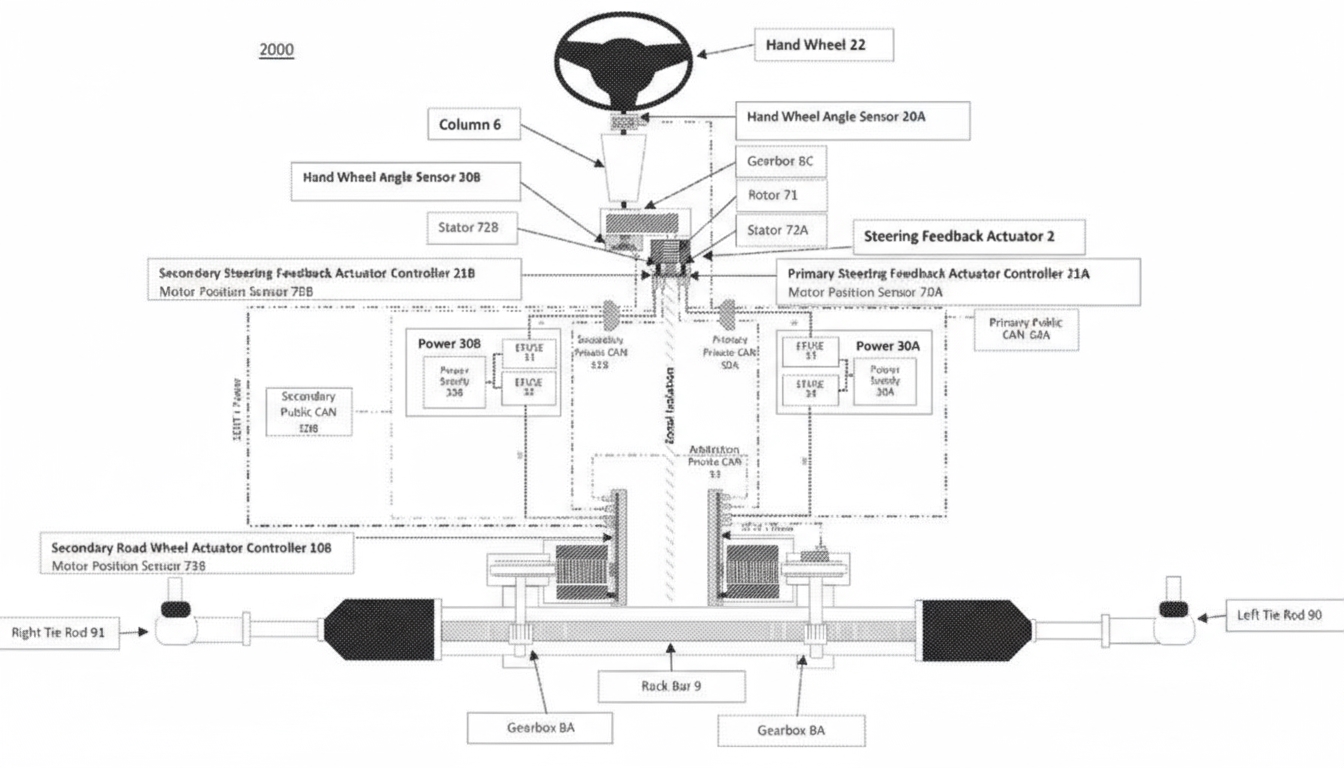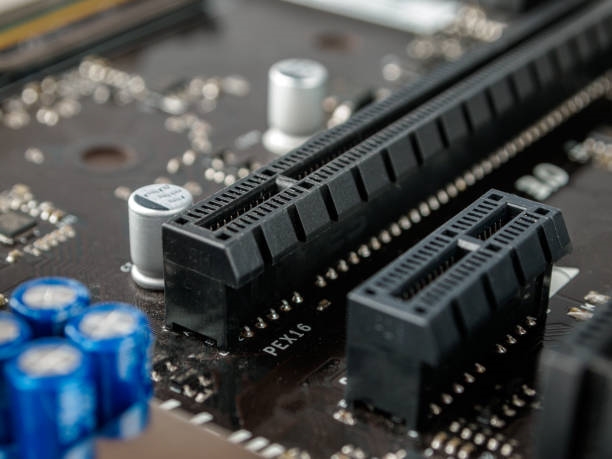1. What is load dump
Load dump refers to the sudden change in supply voltage that occurs when a load is disconnected instantaneously, causing a rapid voltage transient. In automotive electronics, load dump typically describes the large voltage spike generated when the alternator is disconnected from the battery during charging, which can threaten other devices powered by the alternator.
Automotive load dump can be classified as single or double events. A generator-only disconnection is a generator single dump; a battery-only disconnection is a battery single dump; simultaneous disconnection of both generator and battery is a double dump. Because of the high reliability requirements for vehicle operation, standards bodies such as ISO define load-dump tests. These tests are severe, destructive stress tests designed to evaluate equipment robustness.
2. ISO 7637-5A and 7637-5B load-dump pulses
Load-dump severity is mainly influenced by three parameters: peak voltage, source resistance, and pulse duration. Managing the combined effects of these parameters is the key to load-dump protection.
ISO 7637-5 specifies conducted disturbances and immunity test methods for road vehicles with 12 V and 24 V electrical systems. Among the defined pulse waveforms, pulses 5A and 5B are the most destructive and the most difficult to pass.
Pulse 5A is an unsuppressed waveform, while 5B represents a waveform with voltage suppression at the alternator front end. With the same source resistance, the area under the waveform correlates with the delivered energy.
3. Energy suppression design for 7637-5A/5B
Pulse 5A represents the worst-case scenario. For a 12 V system, the specified Us range is 79 V to 101 V, source resistance ranges from 0.5 Ω to 4 Ω, and surge duration ranges from 40 ms to 400 ms. A protection design that survives 10 relevant pulses under the specified conditions is generally considered acceptable for this test.
Multiple EMC solution providers have validated a range of mitigation approaches and offer different implementation options for engineers to choose from.
4. Simple TVS-based protection
A simple load-dump protection approach can be implemented using a single transient voltage suppression (TVS) diode.
Typical target schemes:
- Protection for 7637-5A pulses
- Protection for 7637-5B pulses
Many vehicles include generator-side limiters that keep output surges from exceeding the 5B specification. For systems with such limiters, lower-cost solutions are often sufficient. Automotive TVS parts commonly used in these cases include SM5S24CA and 6.6SMDJ24CA series devices.
5. DC-DC converter design considerations
Because TVS diodes have a range for clamping voltage and operating voltage, DC-DC converters should be specified with appropriate voltage withstand margins. Typical recommendations are a 40 V withstand rating for converters in 12 V systems and a 60 V rating for converters in 24 V systems. For designs requiring lower clamp voltages, some vendors provide low-clamp TVS parts.
 ALLPCB
ALLPCB







